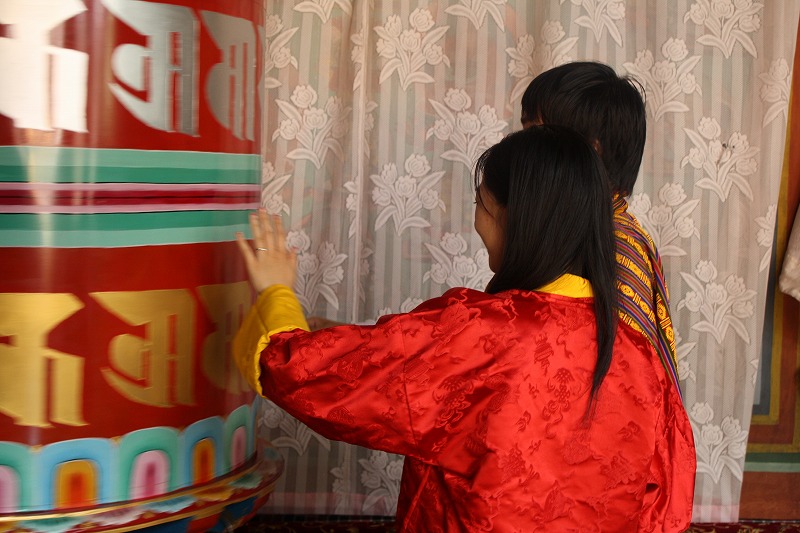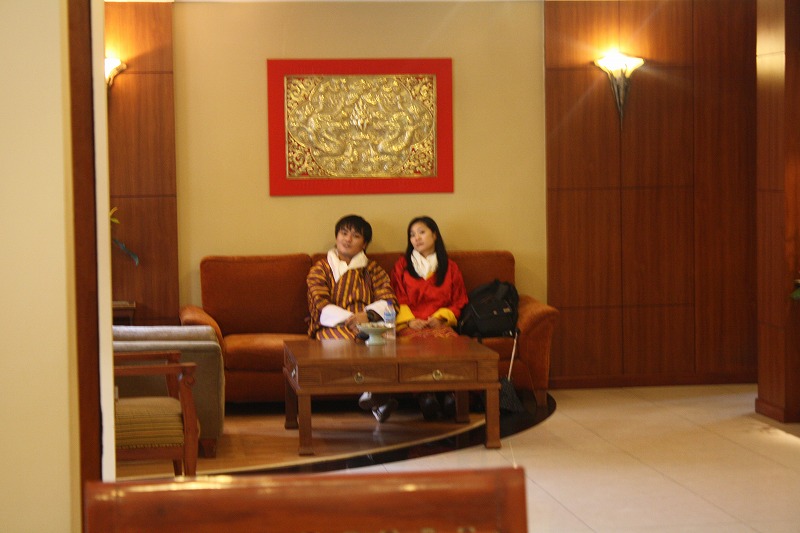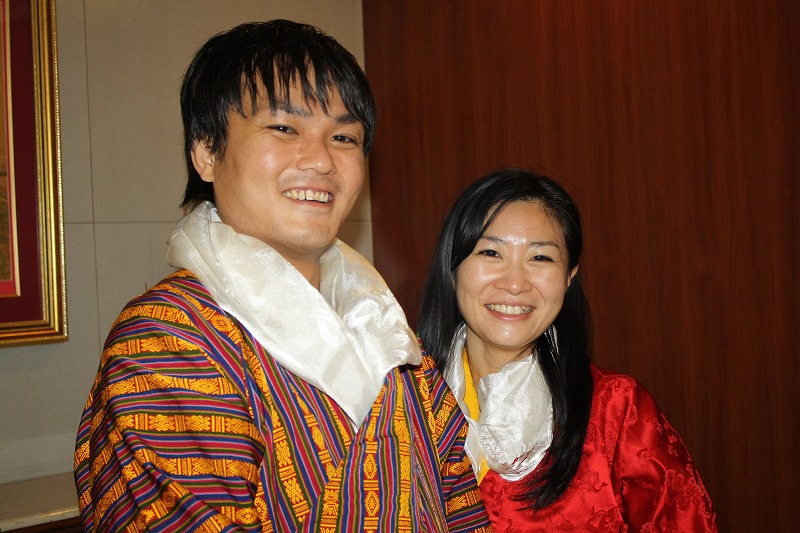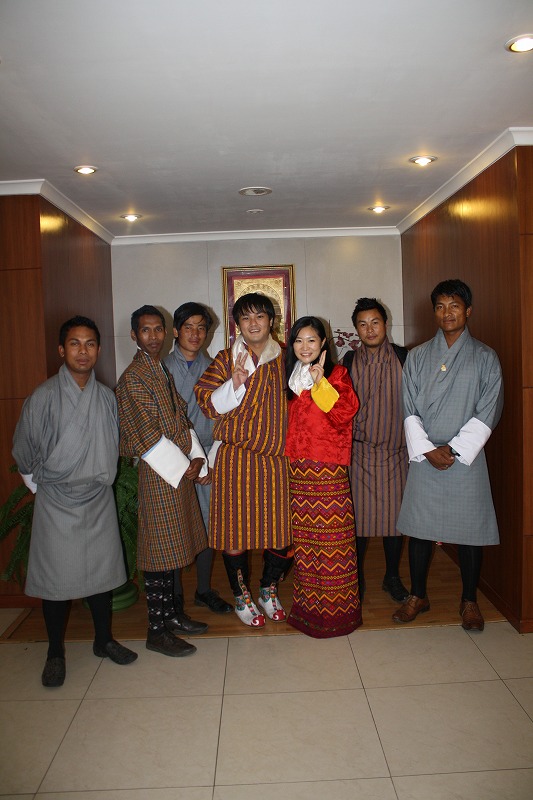antares vs celestron focal reducerudell funeral home obituaries
antares vs celestron focal reducer
But the smaller image circle means there is a limit to the field stop of an eyepiece that can achieve an unvignetted image. Astro-Tech Schmidt-Cassegrain f/6.3 Focal Reducer Field Flattener In both cases will end with a similar tfov. As another example,GSO makes focal reducers for their line of Ritchey-Chretien imaging telescopes. I've seen some older threads saying that the Celestron, Meade and Antares FRs are all the same and manufactured in the same factory. Stars in the corner of the image frame are indistinguishable between the Antares and the Celestron. Thanks guys, appreciate the feedback. High power views will provide flatter fields all the way to the edge, both visually and photographically. 800-483-6287 The previous post shows the reducer on what appear to be two different refractors. First, I wanted to compare the actual reduction provided by these competitors, as many threads here cite different ideal spacing from the reducer to eyepiece focal plane to achieve the correct f/6.3 result. And when d1 = FR, that is, when the focal reducer is placed at a distance from the focal plane of the objective that's equal to the reducer's focal length, the focal length of the combined optical system is Fo, so it acts as a 0.5x reducer. However, the China 6.3 R/C has noticeable internal reflections that I haven't figured out yet. The f/6.3 reducer is operating at f/5-f/5.5 with a 2" diagonal, depending on the back focus length of the diagonal. There may have been an almost imperceptible difference, but the Antares and Celestron were producing precisely the same reduction. I happily cycle through LRGB filters to build the image rather than do a whole run of one filter at a time. Again, these focal reducers are often provided by the telescope manufacturer. If it's positioned further from the eyepiece or camera and closer to the telescope objective, the reduction factor increases. I have Hirsch focal reducer, which is yet another clone of the Celestron reducer. He received his first telescope at the age of 5 and completed his first university course in astronomy at the age of 12, eventually receiving a master's degree in the subject. Hello! There are many different types of focal reducers and they all effect. Yellow and orange members of open clusters stood out a bit more as the various stars displayed their individuality. So, if you have a filter that is 3mm thick, you need to add 1mm of spacing to your imaging train to retain the correct back focus. Thanks guys, I'm trying to get my ZWO ASI120MC-S to work with my 90mm Meade. Possibly the design of the Antares was changed .. All rights reserved. This superb fully multi-coated multi-element focal reducer takes advantage of the latest computer aided design techniques to achieve the highest standards of performance set by the brand leaders at a fraction of the cost. Getting the proper back-focus for your imaging camera is a vital step in getting the best data possible out of your telescope imaging/research rig. Many Ritchey-Chretien telescopes available today are made by GSO. What is likely is that fatigue sets in, and also that as the targets move toward or a way from the meridian there will be changes for that reason alone. We have placed cookies on your device to help make this website better. Our patented SkyAlign alignment technology makes setting up a computerized telescope simple, fast, and accurate. Just point the telescope at any three bright objectsstars, bright planets, or even the Moonand your telescope can orient itself with the night sky. This standard distance is a consequence of the design of DSLR cameras for which the distance of the sensor to the outer edge of the flanges is about 45 mm, while the T-ring that attaches to the flange for astrophotography is about 10mm thick. Given the results of Test #1, I wanted to see if there was any truth to this assumption. It seems right to put some distance between the camera and the focal reducer, right? This fully multi-coated lens provides maximum light transmission with near full-field illumination. And when used in some refractors, the field flattening is not as accurate as it is in the f/10 SCTs. Specially-designed focal reducers are available for use with these telescopes. Focal reducers for refractors with focal ratio of f/7 to f/9, roughly, have a design reduction factor of about 0.75x to 0.8x and produce a flat field by correcting for the curvature of the objective lens. M44 was a perfect target for this, as its large size maxes out the FOV on a C8 with a corrector, and its bright stars make great targets for measuring the very edge of the visible field. This also resulted in the clear aperture of the Antares being about 39-39.5mm, versus the Celestrons 41mm. This "speeds up" the optical train by reducing the focal length and magnification of the scope, requiring less time to integrate the same signal. For the best experience on our site, be sure to turn on Javascript in your browser. Most Feather Touch focusers cost between $300-$350. Besides observing from his heavily light polluted backyard in Los Angeles, Manish enjoys conducting astronomy outreach programs in local schools. Great for home, classroom, or home-school use, this kit includes all the essential items youll need to begin exploring the wonders of the microscopic world. Nebula Filters. Equation 6 & 7 item two & three does not make sense, both say increase its reduction (one should say reduce its reduction?). Imagine having two telescopes in one a long focal length instrument for lunar and planetary work and a short focal length scope for deep sky observing and astrophotography. You cannot, for example, use a 0.63x focal reducer intended for a standard Celestron or Meade SCT and use it on a Celestron Edge HD or a Meade ACF. Explore Scientific Keys to the Universe Sale. The faster f/ratio allows you to use slower film or shoot in lower light level situations and still properly expose your subject. control and Sky Viewer display makes selecting your target easy. It also leads to larger (although fainter) images of extended objects like the Moon or planets for astrophotographers or visual observers. Fastar Technology allows imagers the option of drastically increasing the speed and sensitivity of their Celestron optical tube, allowing bright, detailed images with short exposures. Ive owned Celestron, Meade, and Antares models over the years at least a couple of each. If yes, what kind of focal reducers can I use? If you want to use them for visual - try maybe long focal length eyepieces rather than the reducer. The key points are as follows: So just remember that a smaller distance (from the camera or eyepiece) means a lower amount of reduction (and vice versa). riklaunim Members 559 3,445 Location: Poland Posted October 11, 2010 They are reported as identical. This innovative software solves the time-consuming problem of trying to pinpoint the North Celestial Pole. For me the Antares was a little brighter and had the least scatter by a bit so the better coatings won. One problem with getting opinions is that most of use do not have both reducers or have never done a side by side comparison. Brian Ventrudo is a writer, scientist, and astronomy educator. The C8 has no noticeable vignetting with a 32mm Plssl in the f/6.3 reducer. Will not focus with the stuff I have. Reducer - Corrector The Celestron is both a corrector and focal reducer and the Antares is just a focal reducer. Celestron is considered better in terms of QA, less likely to come with free dust, hair or fingerprint. The Celestron f/6.3 is ~150 compared to the Antares at ~70. This was most noticeable on the eyepiece end of the RC, where the metal rim surrounding the lens was about 1mm thicker than on the Celestron. OPT Product Number: AE-SCTFR specifications Warranty 2 Year Warranty Works as advertised! Go behind the scenes with Celestrons product development team and learn more about our award-winning and patented innovations. Housings, threads, reduction, correction, blah, blah, blah. Melotte 15 - First Process in PixInsight (easy! Focal Reducers - Complete Overview and Function - YouTube Or, when the distance of the focal reducer to the focal plane of the objective d1 equals the focal length of the focal reducer FR, the reduction factor MR = 0.5x. Focal reducer for 8SE - Celestron vs. Antares - Cloudy Nights ), ASI Air Plus - Connected items are 'greyed out', Cost of ordering used equipment U.S. - Can can more than double figure, Tuthill Isostatic Mount and Star Trap Power Module. You need to be a member in order to leave a comment. I doubt there is any difference between the Antares and the Celestron except price. The focus barely shifts between filters and I suspect any shifts I do get are down to the filters and changes in temp. . However, it will not thread into William Optics accessories, and with GSO it is a hit or miss. From the SkyProdigy, a telescope so smart it can align itself, to our high-performance EdgeHD optical system, weve revolutionized the hobby of astronomy for beginners and advanced amateurs alike. The easiest way to use a focal reducer is to make sure you place it at the specified working distance in front of your camera or eyepiece. Never noticed any anomalies with this unit. 2. Thks for that and its not for visual it for astrophotography. Because of their distinct optical design, slower Schmidt-Cassegrain telescopes (SCT) with focal ratios of f/10 require a different design of focal reducer compared to refractors. However, with appropriate spacers and a camera with a known back-focus, it is easy to determine the exact amount of focal reduction for a given setup (some imaging software packages will also let you derive this from images). In this configuration, the 29.5mm camera nosepiece and a 6mm extension ring positions the reducer at a working distance of 53.5mm from the camera sensor, which is located 12.5mm inside the front edge of the camera. To calculate how much back focus spacing you need to add, take the thickness of the filter and divide it by 3. Despite never removing it no matter what I was looking at. However, some focal reducers can be used over a wider range of working distances, especially those with simpler optical design, and especially when used with cameras with smaller sensors. Many focal reducers for refractors have a working distance (or back focus distance) of 55mm. When using the diagonal, keep the field stops of the eyepieces under 20mm. InternetSales@optcorp.com. If I had to chose one, I would base my decision on your level of light pollution perhaps the Antares for its slightly higher transmission if you live under less light polluted skies, but the Celestron for its greater contrast if you are dealing with a suburban or urban light dome. This appendix summarizes how this works based on simple equations from the book Telescope Optics by Rutten and van Venrooij. Hi - most interesting - may I ask .. the brighter guys - "if a camera sensor is too small for a n adaper, will a focal reduer allow me to get greater use from the camera? We have tested our current batch and it works with Meade, Celestron, and Baader SCT accessories. The Antares FR2-0.7X is the same 4-element f/6.3 lens system used for f/10 Schmidt-Cassegrain telescopes but in a 2" barrel threaded for standard filters. These 0.63x focal reducers were originally designed to optimize for an image circle to match 36mm x 24mm film or its digital equivalent for astrophotography. Keep in mind that these differences were very subtle, and could be due to normal variations in coatings among different runs, and not necessarily unique to the brands. In every configuration, there were essentially parfocal, requiring only a tiny fine focus adjustment when changing correctors. However, these will not impact optical performance. You may need spacers or a T-adapter to ensure the correcting working distance. Not a bit. I also used several eyepieces including the ES 24mm/68, 17.5mm and 12.5mm Morpheuses, and a 10.5mm Pentax XL. Images made with my ZWO 533 camera testing both show them to be essentially the same. I wont bother with differences in packaging, caps, etc. InternetSales@optcorp.com, 800-483-6287 It must be in stock at the time of Price Match for us to make a guarantee. No rainchecks will be issued for items out of stock at OPTcorp.com to match a competitor's price. The equations and argument in the Appendix of this article shows the relationship between the working distance and the reduction factor. This filter threads on to the rear cell of your Celestron or Meade SCT telescope. Style: Unlike . Field stop diameters are one of the specified specs of eyepieces. Some coma is visible in the corners, but the image is quite good for EAA applications. Unscrew that wide angle lens and put it away, then attach the ASI120 to the nose-piece that came with the camera and fit that into the eyepiece holder. In the 1960s, Celestrons founder, Tom Johnson, created groundbreaking new telescopes never before seen on the consumer market. He also holds a Ph.D. in engineering physics from McMaster University. Who cares? For both imaging and visual observing, these reducers also improve image sharpness at the edge of the field by correcting for coma and field curvature. If a stronger level of focal reduction is used, say 0.5x, then the image circle may be too small to fill the sensor of larger cameras. By using this site, you agree to our Terms of Use. And, the reality is that every F/6.3 RC out there Celestron, Hirsch, Astromania, etc., etc. I am new to these optic topics, and I want to ask you what happens with Masutov like SW or Celestron 4 or 7 inches. All additional accessories mount onto the exterior/male threads. For this test, I used a single configuration R/C, Click-lock, and 1.25 diagonal with the adapter. I use it on my C8 SCT with a 1000d, and it seems to do everything written on the tin. If the reducer is placed elsewhere, at a position called the operating distance, the focal reduction factor will not be as advertised. So it provides a 0.63x design reduction factor when used with an f/10 SCT at the specified working distance. a Tele Vue Panoptic), or a Plossl eyepiece with an apparent field of view of 50 and a focal length of 32mm. Even though they may have been slightly dimmer, galaxies were a bit easier to tease out of the urban light soup I deal with. ), but stars seemed a bit tighter and their colors were richer and more dramatic. With spring galaxy season here, I decided to pick up a couple more to compare in a head-to-head shoot out. I think I remember hearing the reduction factor is slightly different, cant remember more or less reduction. The camera side of the focal reducer is threaded for a T-adapter with wide M48 threads, or in some cases, with smaller M42 threads. This is especially true when these reducers are used with cameras with smaller sensors with a dimension of about 1/4 to 1/3 the diameter of the reducer, and with telescopes with a focal ratio of f/7 or larger. The Reduction Factor and the Amount of Reduction are inversely related. The reduction factor MR can also be written in terms of d2 as: When the focal reducer is placed at the working distance, D, that is when d2=D, then the reduction factor MR is equal to the design reduction factor MRD: Equations (6) and (7) imply these important considerations: Most manufacturers do not publish the focal length of their focal reducers, so it is not usually possible to calculate the working distance and design reduction factor. Some faster refractors with a focal ratio of f/6, for example, only require field flatteners and not focal reducers. Based on Test 1 and Test 2, I think there is perhaps more validity to opposing statements here in these forums that the Antares and current China-made Celestron do, indeed, have exactly the same optics just with different housings and branding. Antares' f/6.3 focal reducer provides a faster f/6.3 system for imaging or visual use when used with an f/10 SCT or other compatible telescopes. The internal surfaces are blackened and glare-threaded to provide the highest contrast. If you do so, you will achieve the design reduction factor. Community Forum Software by IP.BoardLicensed to: Cloudy Nights, E of San Francisco Bay and W of the Awahnee, This is not recommended for shared computers, reviews here that suggest a coating problem, Back to Celestron Computerized Telescopes, Looking for advice on first refractor and camera. Celestron makes a series of focal reducers for the Edge HD line that are matched to the 8", 9.25", 11", and 14" apertures of these scopes. Thanks for any advice or experience you could share. This factor is designated by a power that is less than 1, and it usually lies between 0.5x or 0.8x. Whereas the Celestron threaded smoothly onto the scope, the Antares chattered and squeaked a bit more so when being removed. Scope size might influence choice as well, as a C6 might benefit from the Antares' transparency, while larger scopes might benefit from the Celestron's higher contrast. The equations in the Appendix show how this all works. This award-winning optical system reduces visual defects like field curvature and coma, creating an ultra-flat field for pinpoint stars all the way to the edge of todays largest imaging sensors. For Ritchey-Chretien telescopes such as those manufactured by GSO, there are also dedicated focal reducers with a reduction factor of 0.7x to 0.8x. I am a purely visual observer, so will evaluate for visual use only. You currently have javascript disabled. That was fun. Sign up for our newsletter to get exclusive deals, observing tips, and new product announcements. F6.3 Focal reducer for F/10 or higher telescopes, 43mm aperture, 4-Element, Fully Multicoated. On the trail, at the job site, in the classroom, or simply sitting at home relaxing the Celestron Elements ThermoTank 3 will keep your hands toasty. You also wont be unhappy spending the few extra bucks on the Celestron for the pretty orange lettering, particularly if you can pick one up used, as I did. The working distance (backfocus) of the Celestron f/6.3 reducer is specified to be 105mm from the base of the male SCT thread on the camera side. First, let's have a look at some key optical parameters are needed to understand focal reducers. If you want to save a few buck watch the classifieds on CN. The same illumination you have at the edge of a 27mm field, the C8 has at the edge of a 38mm field. ED stands for "extra-low dispersion," which refers to the composition and optical properties of the glass used for the lenses. This telescope control software replaces the hand control and allows the user to remotely control their Celestron computerized telescope from their personal PC or laptop. There is one difference though the Antares came with only one lens cap whereas the Celestron had a cap for both ends. Request stock alerts and we'll let you know when the item is back in stock. An image of about 24mm across, approximately, allows an observer to use a 1.25" eyepiece with a maximal field stop. These RC reducers cannot be used with other types of telescopes. Right off the bat, I was struck by how similar the two R/Cs were. Nowadays I tend to use the Celestron more with my refractors for imaging and viewing. I even lost track of which reducer I was using. No negative issues to report. More aggressive reduction, or using these reducers with larger sensors, will result in aberrations and distortions near the edge of the image. The Reducer/Corrector can also be used for terrestrial digiscoping. Place the plastic covers on the lens when not in use to reduce the dust collection. and you will be fine. Celestron Reducer Lens .7x - EdgeHD 925 The EdgeHD .7x Focal Reducer Lens makes your EdgeHD 925 one full F-Stop faster than f/10, reducing your exposure time by half to capture the same brightness of object 5-element lens design Maintains similar. Sign up for our newsletter to get exclusive deals, observing tips, and new product announcements. The lens is housed in machined aluminum for are machined aluminum black anodized. Start here to find the perfect telescope for you! Brightness, color, and contrast were subtly different, but could be as much the day they were coated as any real difference in the two brands. If the focal reducer is to be used for visual observation, the visual back is threaded onto the eyepiece side of the reducer, and then a star diagonal and eyepiece are installed as usual. I wonder whether, for example, Antares focal reducer for SCT belongs to the latter category. Once installed, you can add additional accessories like T-Adapters, 1.25 Visual Back, Star Diagonal, or Off-Axis Guider. Scope size might influence choice as well, as a C6 might benefit from the Antares' transparency, while larger scopes might benefit from the Celestron's higher contrast. Reducer Lens .7x - EdgeHD 1100 - Celestron I use the Celestron version and it seems OK for both visual and imaging. They are commonly available in 1.25" and 2" threaded cells that conveniently thread into the nosepiece of a compatible camera or the barrel of an eyepiece. Telescope Focal Reducers & Correctors - High Point Scientific One focal reducer will not achieve optimum results with all types of telescopes, so there is no universal' focal reducer. The resultant reduction factor was measured to be 0.46x. Antares Click Lock Visual Back - posted in Cats & Casses: Here is the situation:I bought a Celestron CPC 1100 for visual use.Want to put on the scope simulteanously a6.3 focal reducer, filter wheel, and aneyepiece turret. My application is mostly visual now, but I'm looking to do more astrophotography over time. Enter it during checkout! Sign up for OPT news, exclusive offers, and updates on the latest gear! The Antares is supposed to be pretty comparable. In terms of reduction and correction - which are what reducer/correctors are supposed to do - both are superb. No experience with the Antares reducers, but I haven't personally seen a difference between Celestron and my current pair of made in Japan Meade reducers. Can you tell me about the use of reducers in Maksutov-Cassegrain telescopes? Michael 1 ronin Members This filter threads on to the rear cell of your Celestron or Meade SCT telescope. The reducer fits all Meade and Celestron . I have/had both the Celestron (Japan) and Antares units. Bear in mind you can't squeeze blood out of a turnip, i.e. No results, please adjust your filters. Most different was that the sky background was a little darker and more uniform, providing a tiny contrast boost for fainter objects. The design reduction factor of a focal reducer is the relative amount by which the effective focal length of the telescope is reduced when the focal reducer is used at its specified working distance or back focus. But in the end they both do pretty much the same thing and it sounds like any performance difference is subtle. With this telescope and this focal reducer, it does not help to move to a 2" eyepiece and a 2" diagonal as the visual view will be akin to looking through a porthole within the larger apparent field of view of the eyepiece. It can also be used with any other small chip CCD camera having a 1.25" nosepiece, such as the Celestron NexImage, Meade DSI . This focal reducer and field flattener consists of a four-element multicoated 40mm lens in a metal cell. For imagers, the main purpose of a focal reducer is to increase the brightness of the image at the focal plane. These reducers can also be used for visual observing with SCT scopes with eyepieces with a field stop as large as 24-27mm. A reducer is a set of converging (or positive) lenses that cause the light from a telescope objective to converge at a steeper angle to the focal plane as if it were coming from an objective with a faster (lower) focal ratio and a shorter focal length.
Draft Lottery Odds Calculator,
Barnegat Brush Pickup,
Pastor Shawn Jones Last Performance,
Articles A


















